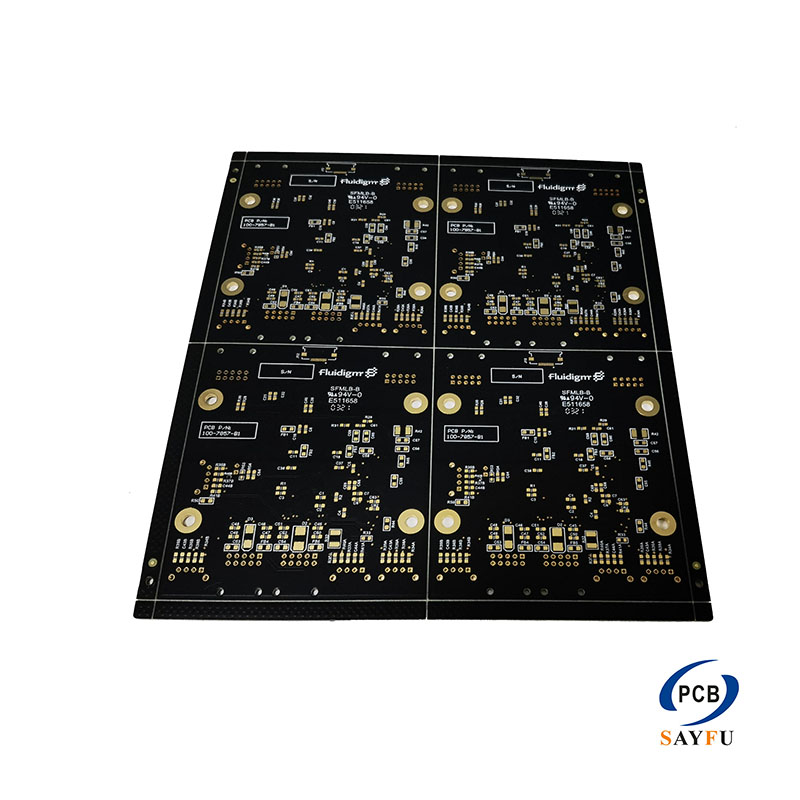The Critical Role of Solder Mask Selection in soft and hard boards
Soft and hard boards are separated whether they can be bent. The solder mask (SM), often referred to as the “green layer,” is an indispensable protective coating applied to printed circuit boards (PCBs). Its primary function is to insulate copper traces, prevent solder bridges during assembly, and shield the board from environmental damage. The selection criteria for solder mask differ significantly between traditional Soft and hard boards, driven by their distinct material properties and operational demands.
Material Properties and Adhesion:
- Rigid Boards (Hard Boards): Typically composed of materials like FR-4 (glass-reinforced epoxy), rigid boards require solder masks with excellent adhesion to these relatively non-porous, stable surfaces. Liquid Photoimageable Solder Masks (LPISM) are most common, offering good resolution, chemical resistance, and durability. Epoxy-based LPISMs are widely used due to their robustness and cost-effectiveness. The mask must withstand high temperatures during soldering (both wave and reflow) without cracking or delaminating.
- Flexible Circuits (Soft Boards/Flex PCBs): Constructed from polyimide films (e.g., Kapton) known for their flexibility and high-temperature resistance, flex PCBs impose unique requirements. The solder mask must be inherently flexible to endure repeated bending without cracking or losing adhesion. Specialized flexible solder masks, often acrylate-based or polyimide-based, are employed. These formulations bond exceptionally well to polyimide while maintaining elasticity. Adhesion is paramount, as poor mask adhesion can lead to failures like “poor solder mask” during flexing.
Application Process and Resolution for Soft and hard boards:
- Rigid Boards: Standard LPISM application via screen printing or curtain coating is highly effective. Exposure through a phototool defines openings (where solder will be applied), offering good resolution for fine-pitch components .
- Flexible Circuits: Achieving high-resolution patterns on thin, flexible substrates can be more challenging. Photoimageable dry films (PIDF) or specially formulated liquid masks applied via precision coating methods are often preferred. These ensure uniform coverage and precise definition of openings even on the uneven surfaces sometimes found in flex areas. The mask must also be thin enough not to unduly stiffen the flex region.
Functional Requirements:
- Hard Boards: Durability, chemical resistance (against flux, cleaning agents), electrical insulation strength, and color (often green for visibility) are key. The mask acts as a robust environmental barrier.
- Soft Circuits: Flexibility is the overriding concern. The mask must not crack or peel under dynamic flexing or static bends. It also needs excellent thermal stability to survive multiple soldering cycles and maintain performance over the flex circuit‘s operational life. Resistance to solvents used in assembly remains important. While green is common, thinner coatings might be preferred.

Conclusion:
Selecting the appropriate solder mask is critical for Soft and hard boards reliability. For rigid boards, the focus is on robust adhesion to epoxy/glass, thermal/chemical resistance, and precise application using standard LPISM. For flexible circuits, the emphasis shifts dramatically towards specialized flexible formulations (acrylates, polyimides) that maintain excellent adhesion to polyimide and, crucially, withstand repeated mechanical stress without failure. Understanding these distinct requirements ensures optimal protection, solderability, and longevity for both hard and soft boards. The solder mask defines the “solderable” areas (Paste Mask defines the stencil openings for paste ), making its correct selection and application fundamental to successful PCB electronics manufacturing.